What are the common diseases of cucumber? During the planting process of cucumber, various diseases may occur due to some factors. If common downy mildew, blight, powdery mildew, it seriously affects the normal growth of cucumber and reduces the yield of cucumber fruit, so today Xiaobian says that cucumber is common. The type of disease and the method of prevention and treatment, I hope to help everyone.
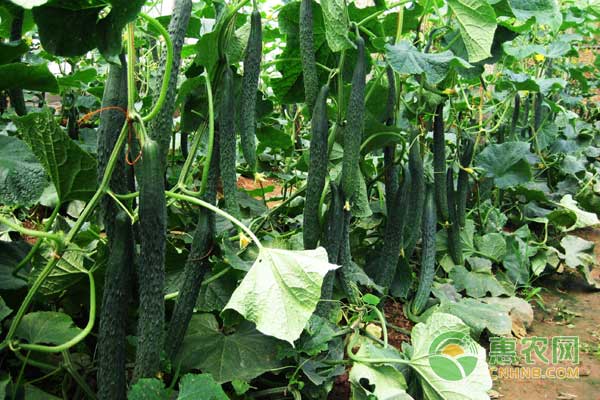
1 Cucumber downy mildew
1.1 Symptoms
It is mainly harmful to the leaves, the seedlings are susceptible to the disease, and the round yellow-colored lesions appear on the front of the cotyledons, reaching a peak in the melon stage. The primary water-stained lesions of the leaves are then expanded into large lesions. In severe cases, the leaves of the disease are yellow-brown and dry, and the leaf-back lesions grow dense purple-purple to purple-black mold.
1.2 The law of onset
Cucumber downy mildew sporangia is mainly transmitted by airflow, and rainwater splashing and dripping water in plastic greenhouses can cause short-distance transmission. When environmental conditions are appropriate, the whole field is spread in only about 10 days, and the disease develops rapidly and fiercely.
High humidity is the premise of disease occurrence and epidemic. When the relative humidity is above 83%, it is prone to downy mildew. At the same time, under rainy, foggy and exposed conditions, the nighttime leaf water droplets or water film will exist for a long time, or the temperature difference between day and night will be large. The disease of cucumber downy mildew is serious.
1.3 Prevention methods
1.3.1 Improved cultivation techniques
Adopting sorghum mulching film combined with drip irrigation, increasing the application of bottom fertilizer, and applying nitrogen fertilizer during the melon period to prevent flooding and flooding can alleviate the disease.
1.3.2 Strengthening chemical control
Strengthen the forecast and forecast after planting, find the disease, and timely apply the drug for prevention and treatment;
Commonly used control agents: 75% chlorothalonil WP 500 times solution, 70% mancozeb WP 500 times solution, sprayed in the morning on a sunny day, sprayed once every 7-10 days, continuous spraying 3- 4 times.
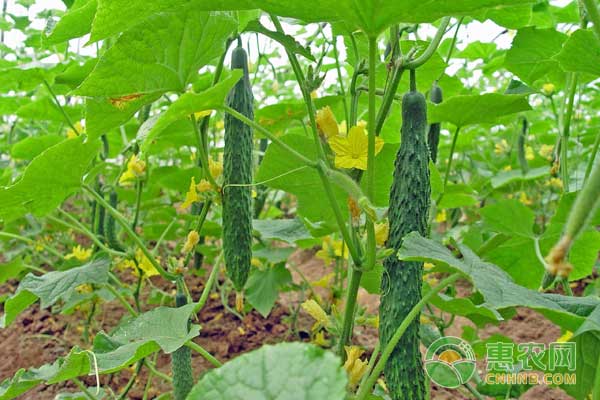
2 Cucumber wilt
Cucumber wilt disease, also known as vine disease, is a serious disease of cucumbers in protected areas, especially in greenhouses and greenhouses that are continuously cropped. The incidence of sheds with short planting years is 5% to 10%. With the increase of continuous cropping years, the disease is aggravated, and the serious incidence rate is over 50%, and it is even impossible to plant.
2.1 Symptoms
During the onset of cucumber seedlings, the cotyledons were wilting; at the beginning of the disease, the leaves of the diseased plants gradually wilted from the bottom to the top, and the daytime atrophy returned to normal in the morning and evening; the yellow-brown streaks appeared on the base, nodes and internodes of the diseased plants, and the diseased parts were easy to longitudinally split; When the disease is serious, the whole cucumber can be killed.
2.2 The law of incidence
Causes: The long-term survival of pathogenic bacteria in the soil is the main source of infection. The high soil moisture is an important factor affecting the incidence. The more times the mites are repeated, the more bacteria accumulate in the soil, and the more serious the disease;
The appropriate temperature for the onset is 24-27 degrees;
2.3 Prevention methods
2.3.1 Seed disinfection
Before sowing, soak the seeds with 55-degree warm water for 15 minutes, then germination, or soak seeds with 50% carbendazim WP 500 times for 60 minutes, then germination, or dry seeds for 70 hours at 70 °C, etc. After germination sowing.
2.3.2 Strengthening cultivation management
Using sorghum and plastic film cultivation, applying sufficient maturity base fertilizer to enhance plant resistance;
During the period of cascading, avoid flooding and flooding.
2.3.3 shed room soil disinfection
After mixing with 50% carbendazim WP + 30kg of fine dry soil per mu, apply it at the time of planting.
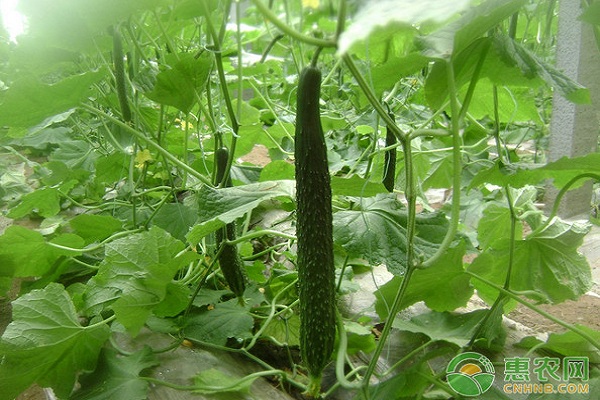
3 Cucumber powdery mildew
3.1 Symptoms
Cucumber powdery mildew mainly affects leaves, petioles and stems, and the fruit is generally harmless;
In the early stage of the disease, there are white and nearly round small pink spots on the front and back sides of the leaves. As the disease spreads, the whole leaf surface will be covered, and the later stage will become grayish white. In severe cases, the yellow leaves will shrink and the plants will die.
3.2 The law of incidence
Suitable temperature for the onset of cucumber powdery mildew: 16-25 degrees;
Favorable factors: high humidity and high temperature.
3.3 Prevention methods
3.3.1 Chemical control
In the early stage of the disease, 25% triazolone wettable powder 2000 times solution and 50% methyl thiophanate wettable powder 800 times solution are sprayed once every 7-10 days, and sprayed continuously for 2-3 times.
3.3.2 Strengthening cultivation management
Avoid growing flowers susceptible to powdery mildew in the greenhouse;
When applying the base fertilizer, it is necessary to apply phosphorus and potassium fertilizer reasonably;
Strengthen greenhouse ventilation and light ventilation and indoor ventilation to reduce humidity.
It can be used for surgical operations, patient treatment; epidemic prevention and inspection in public places; disinfection in virus-contaminated areas; and can also be widely used in military, medical, chemical, environmental protection, transportation, epidemic prevention and other field
By setting a protective collar, the neck of the operator can be kept warm and protected. The provision of a hand guard is helpful for the surgical staff to temporarily place their hands in the hand guard while waiting during the operation, which plays a protective role and is more in line with the principles of aseptic operation and occupational protection.
By setting the shrinking cuffs, it is beneficial to make the cuffs fit the wrists, prevent the cuffs from loosening, and prevent the gloves from slipping off during the operation and the operator's hands are exposed to the gloves.
The design of the new humanized protective surgical gown has been improved in the key areas of the gown. The forearm and chest area are double-thickened, and there are handguards in front of the chest and abdomen. By arranging reinforcing sheets (double-layer structure) in key areas, it is beneficial to improve the water-permeability of surgical gowns and improve safety.
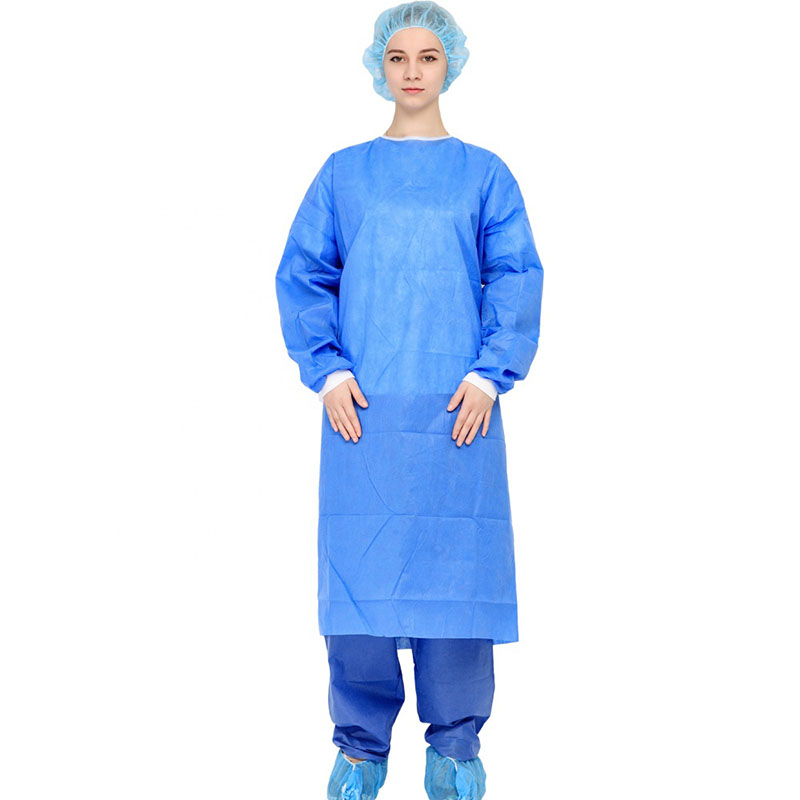
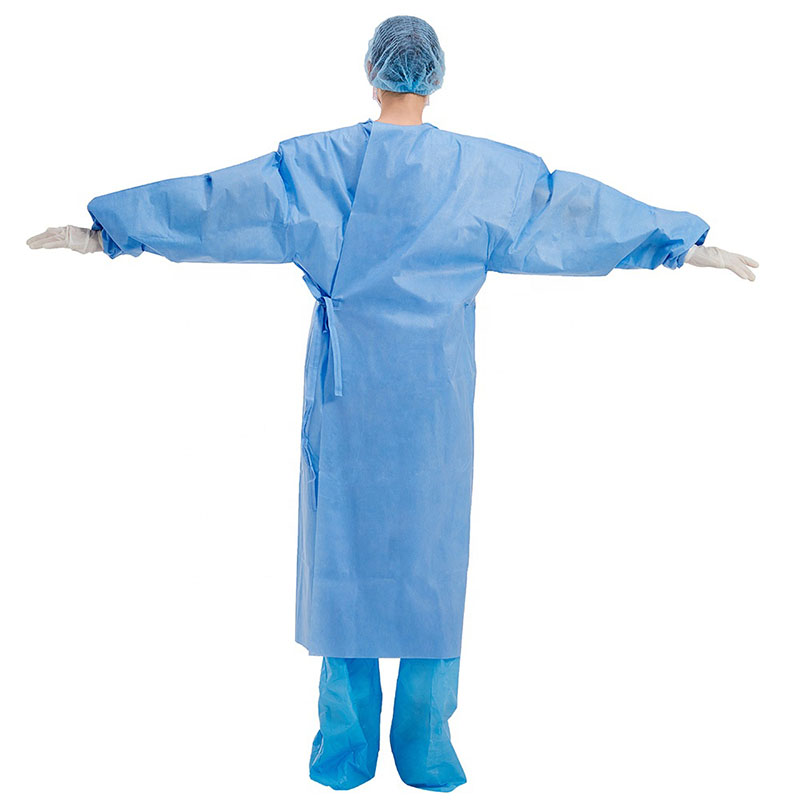
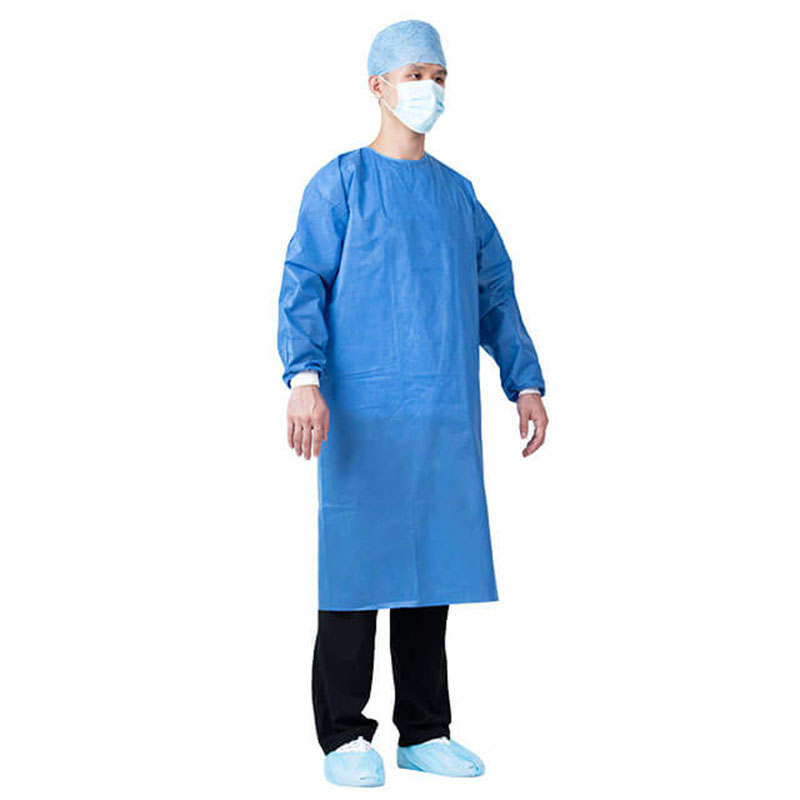
surgical gown,disposable surgical gown,personal protection,medical equipment
Shanghai Rocatti Biotechnology Co.,Ltd , https://www.ljdmedicals.com